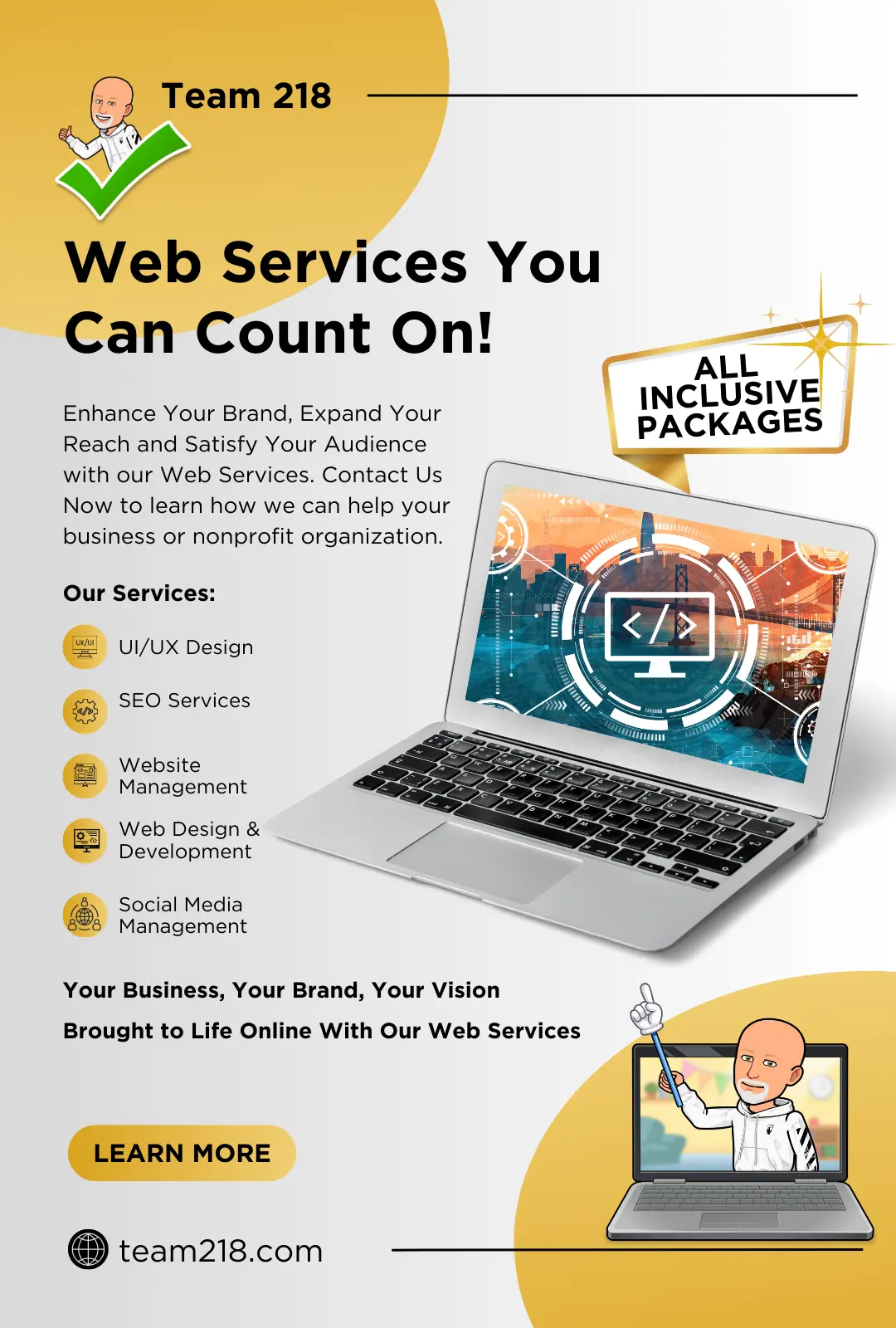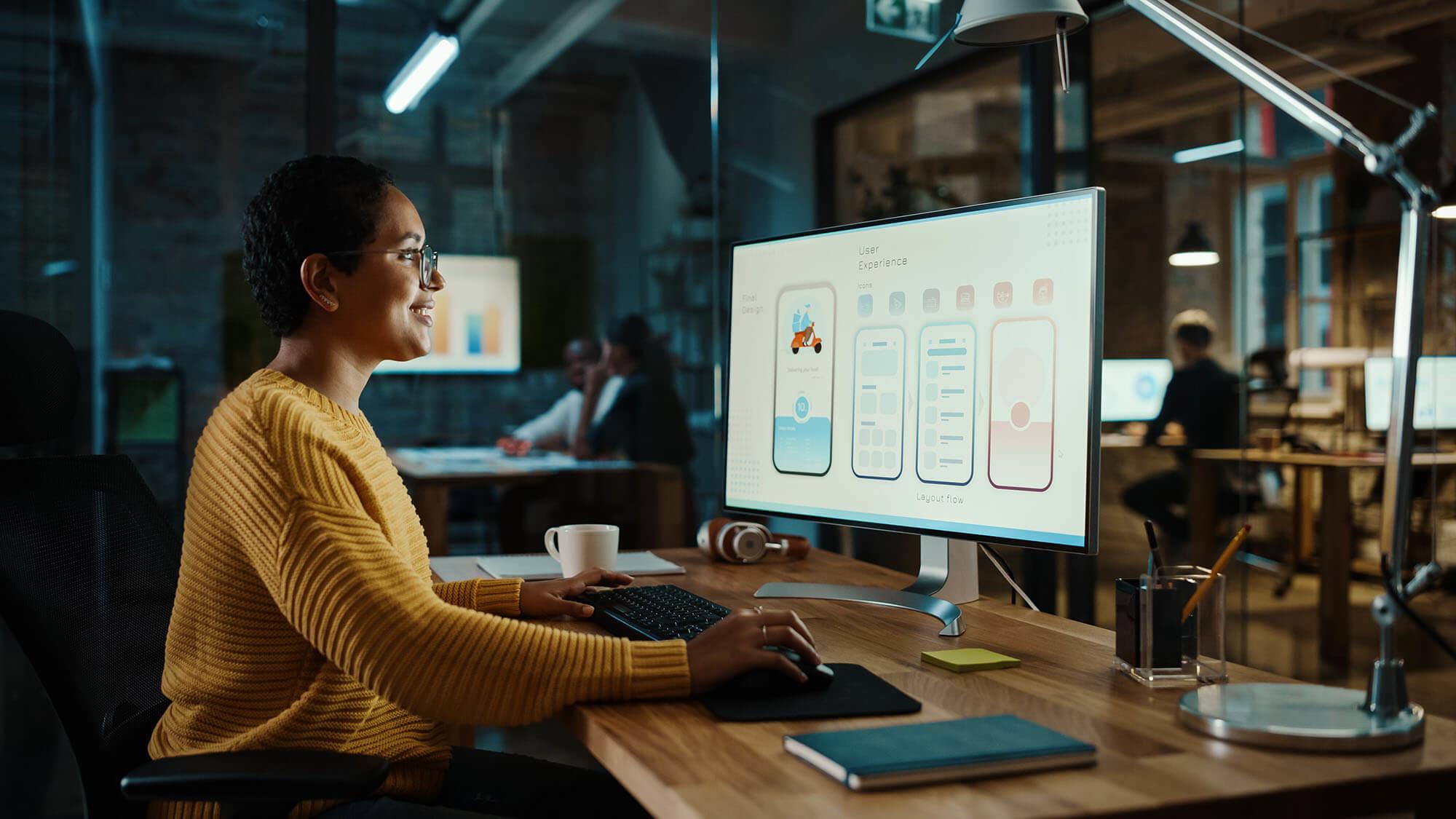The Best Guide to Creating Effective and Engaging Web Design
The Best Guide to Creating Effective and Engaging Web Design
Blog Article
The Comprehensive Overview to Crafting Aesthetically Appealing and Functional Web Style That Satisfies User Demands
In today's digital landscape, the significance of crafting internet styles that are both aesthetically enticing and functional can not be overstated. By focusing on user-centered style concepts, designers can create experiences that not only draw in yet additionally maintain individual passion.
Understanding User-Centered Style
At the heart of effective website design lies the principle of user-centered layout, a philosophy that prioritizes the requirements, choices, and habits of customers throughout the development procedure. This strategy entails detailed research study to understand the target market, guaranteeing that the final product resonates with its intended users. By incorporating customer comments at every stage, designers can develop user interfaces that are not only aesthetically enticing yet intuitive and also useful.
User-centered design highlights compassion, requiring designers to enter the individuals' footwear and consider their viewpoints. Strategies such as individual characters, journey mapping, and use screening are used to identify discomfort points and opportunities for enhancement. This iterative procedure enables continuous improvement, as developers adjust to developing user demands and technological advancements.
Including user-centered style leads to enhanced customer fulfillment and interaction, ultimately resulting in higher conversion rates and brand name loyalty. It promotes a collective environment where stakeholders, including designers, designers, and users, work together to accomplish a common vision. By positioning customers at the forefront of the design process, companies can produce web sites that not only satisfy company objectives but also offer purposeful and gratifying experiences for customers.
Trick Concepts of Visual Design
Effective aesthetic layout offers as the foundation for creating straightforward and interesting web sites. It encompasses several vital concepts that guide designers in crafting visually pleasing and useful user interfaces.
First, equilibrium plays a critical duty in achieving visual consistency. Designers should disperse elements uniformly throughout the layout to prevent overwhelming customers. This can be accomplished via asymmetrical or symmetrical layout techniques.

Additionally, placement is important for organizing information. Consistent positioning of message and images cultivates a clean format, enhancing overall navigation and individual experience.
 Distance additionally adds to visual clearness. Organizing related things together aids users in recognizing the connection in between various components, making the interface more intuitive.
Distance additionally adds to visual clearness. Organizing related things together aids users in recognizing the connection in between various components, making the interface more intuitive.Last but not least, uniformity in design elements, such as fonts, styles, and colors, strengthens brand identity and helps individuals browse the site more easily. By including these essential principles of visual style, internet developers can produce user interfaces that are not just aesthetically attractive however additionally useful and user-centered.

Value of Responsive Style
Receptive design is a crucial element of modern-day internet growth, making sure that internet sites function effortlessly throughout a variety of tools and display dimensions. As the internet landscape develops, the variety of devicesâEUR" varying from smart devices to tablet computers and desktop computersâEUR" requires a style technique that fits all users.
Carrying out receptive layout permits a versatile layout that immediately adjusts based upon the customer's screen measurements. This versatility not only enhances access but likewise improves functionality, as individuals can connect and navigate with the site effortlessly, despite their tool.
Additionally, internet search engine like Google focus on mobile-friendly web sites in their ranking algorithms. A responsive design can dramatically enhance a website's search engine optimization performance, ultimately driving even more traffic and boosting visibility.
In addition, receptive layout minimizes the requirement for preserving several variations of an internet site, streamlining updates and material management. This efficiency equates into cost financial savings and an extra cohesive brand experience across platforms.
Enhancing Customer Experience
Individual experience (UX) is a critical component of web style, influencing exactly how visitors connect with a site and perceive its value. A well-crafted UX makes sure that customers click over here now can browse with ease, find details conveniently, and attain their objectives efficiently. The style must consider the customer's trip, from the moment they land on the website to the conclusion of their desired action, whether that be buying, registering for a newsletter, or accessing details.
Crucial element that improve UX include clear navigating, responsive layouts, and interesting aesthetic material. Uniformity in layout aspects such as shades, buttons, and fonts fosters knowledge, making the website really feel cohesive. Additionally, enhancing tons times is critical; users are much less most likely to stay on a website that is see this here slow-moving to react.
Including accessibility features ensures that all users, consisting of those with specials needs, can engage with the site perfectly. Additionally, user-centric style concepts ought to lead content company, offering relevant info in a sensible framework. By prioritizing customer needs and preferences, web designers can produce experiences that are not only aesthetically enticing but additionally useful, ultimately fostering user fulfillment and loyalty
Testing and Iterating Designs
Examining and iterating designs are basic procedures that follow the preliminary production of a web site, making sure that the individual experience remains at the forefront of any modifications. These phases entail collecting individual feedback, evaluating layout efficiency, and making informed modifications to boost functionality and engagement.
Use testing allows designers to observe actual users as they engage with the internet site, determining pain points and locations for improvement (web design). User surveys can provide qualitative insights, recording individual views and choices.
Continuous model cultivates an adaptive layout method, where the website progresses in reaction to individual habits and comments. By dedicating to extensive testing and version, developers can create an internet site that not just meets visual standards yet additionally provides a seamless and enjoyable individual experience.
Conclusion
In conclusion, reliable internet layout demands the integration of user-centered concepts, vital visual layout components, and responsive frameworks to create engaging interfaces. By prioritizing customer needs and executing continual testing and version, designers can improve their developments to improve general complete satisfaction. The dedication to these techniques not just fosters a visually attractive visual but likewise ensures performance throughout varied tools, ultimately contributing to a positive user experience and increased involvement.
By prioritizing user-centered layout principles, developers can develop their explanation experiences that not only draw in yet additionally maintain customer passion.At the heart of reliable web design lies the concept of user-centered layout, an approach that prioritizes the requirements, preferences, and habits of users throughout the advancement procedure. By placing customers at the center of the design process, companies can develop web sites that not just meet business goals but also provide significant and gratifying experiences for users.
By focusing on customer demands and choices, internet developers can develop experiences that are not only visually enticing yet likewise practical, ultimately promoting user contentment and commitment.
Customer studies can provide qualitative insights, capturing user views and preferences. (web design)
Report this page